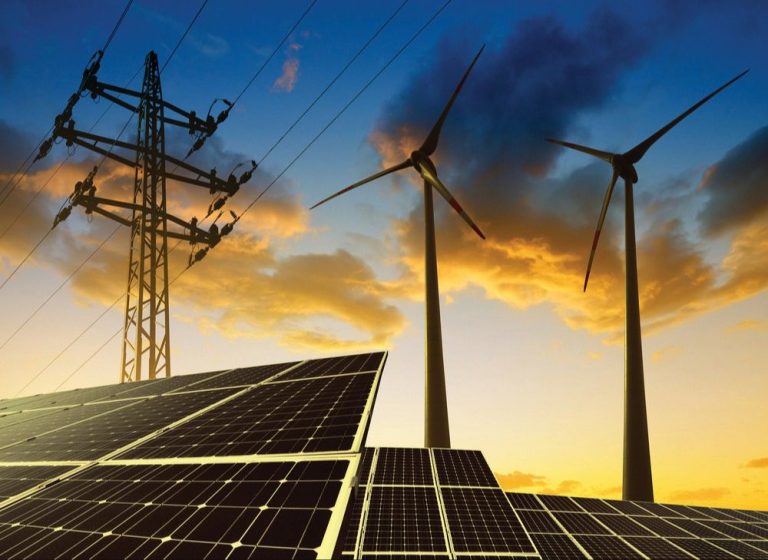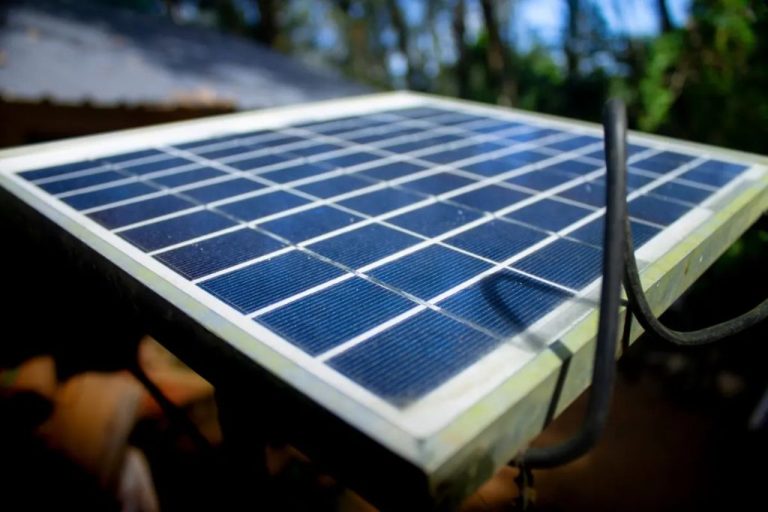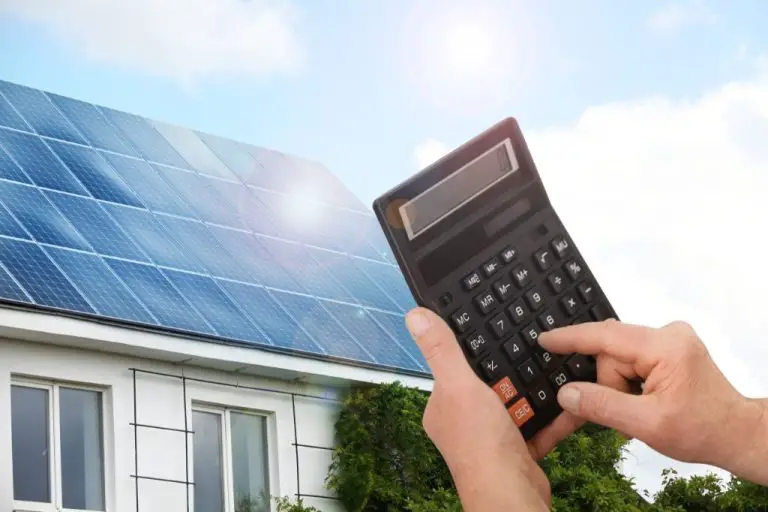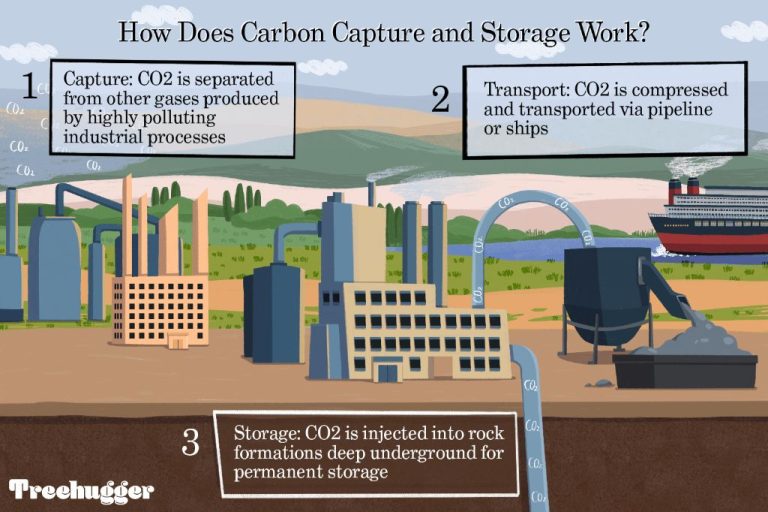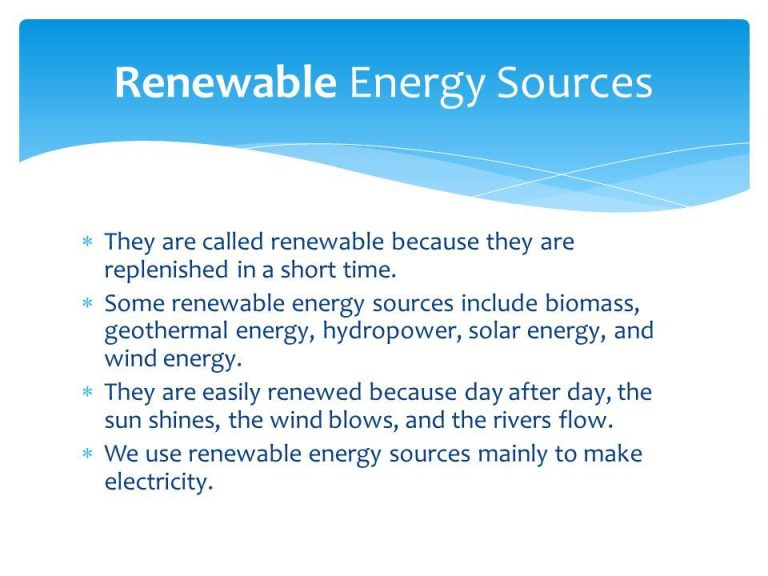What Alternative Energy Means?
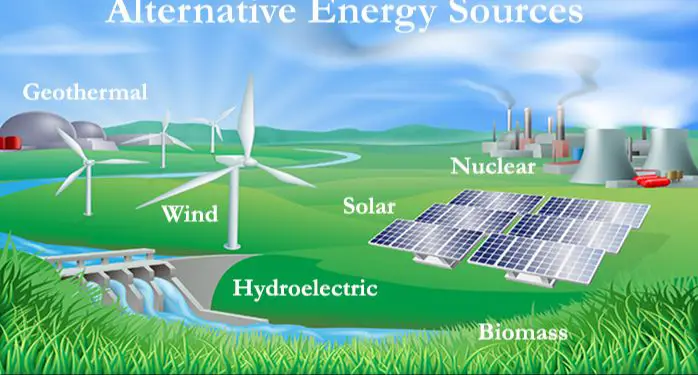
Alternative energy, also referred to as renewable energy, is energy generated from sources that do not deplete or can be replenished within a human’s lifetime. Alternative energy includes solar, wind, geothermal, hydropower and biomass sources (Source). These energy sources are considered renewable and sustainable, as opposed to fossil fuels like coal, oil and natural gas, which take millions of years to form and are finite resources.
The development and adoption of alternative energy is extremely important for several reasons. First, fossil fuels are non-renewable and will eventually run out if we continue to rely on them as our primary energy source. Second, the burning of fossil fuels contributes significantly to climate change, air pollution and environmental degradation. Transitioning to alternative energy can help mitigate these issues and move us to a more sustainable energy system (Source). Finally, alternative energy can provide energy security by reducing dependence on imported fossil fuels. As global demand for energy continues to grow, alternative energy will be essential for meeting the world’s energy needs in a clean and sustainable manner.
Types of Alternative Energy
Alternative energy refers to any energy source that is an alternative to fossil fuels. The main types of alternative energy include:
Solar Energy
Solar energy is harnessed from the sun’s radiation and converted into electricity or heat. Solar panels and solar thermal collectors are commonly used to capture solar energy. Solar energy is a renewable and clean energy source that does not produce greenhouse gas emissions once installed (source).
Wind Energy
Wind energy utilizes the air flow from wind to run wind turbines that generate mechanical power or electricity. Wind power is a renewable and sustainable energy source that does not generate greenhouse gas emissions during operation (source).
Geothermal Energy
Geothermal energy harnesses heat from underneath the earth’s surface to generate electricity or provide heating and cooling. Geothermal energy can be accessed via geothermal reservoirs near tectonic plate boundaries or by drilling wells to bring hot water or steam to the surface.
Biomass Energy
Biomass energy utilizes organic plant and animal waste to generate electricity, provide heat, or produce fuels like ethanol and biodiesel. Common sources of biomass include wood, crops, manure, and landfill gas.
Hydroelectric Power
Hydroelectric power generates electricity from the energy created by moving water. Typically, hydroelectric power comes from dammed rivers where the force of the river water spins turbines connected to power generators.
Solar Energy
Solar energy is harnessed by capturing heat and light from the sun using technologies like solar photovoltaic panels. When sunlight hits a solar panel, the photons in the light excite the electrons in the solar cells, causing an electrical current. This electricity can then be used to power homes, businesses, and the grid. Some key facts on solar energy:
Solar photovoltaic panels on rooftops and solar farms can generate clean, renewable electricity. The amount of solar energy that hits the Earth’s surface every hour is more than the world’s total annual energy consumption (Source: https://www.enelgreenpower.com/learning-hub/renewable-energies/solar-energy/facts-solar-energy-usa). Solar energy systems do not create air pollution or carbon emissions while operating.
Utility-scale solar provides energy to the grid for widespread electricity distribution. The United States has some of the largest solar farms in the world, including Solar Star in California, which has a capacity of 579 megawatts and powers 255,000 homes (Source: https://freedomsolarpower.com/blog/50-facts-about-solar-power).
Residential solar panels on rooftops allow homeowners to generate their own electricity. Over 3 million homes in the U.S. are powered by residential solar energy. Solar panels can provide up to 30-40% of a household’s electricity needs (Source: https://earth.org/solar-energy-facts/).
Wind Energy
Wind energy is one of the fastest growing renewable energy sources in the world. According to the Global Wind Energy Council, the total installed capacity of wind power grew at a rate of 17% in 2020, reaching 743 GW globally. Statistics from WindEurope show that Europe accounted for 36% of global wind energy capacity in 2020.
Most of the growth in wind energy is coming from onshore and offshore wind farms utilizing ever-larger wind turbines. The average turbine size delivered to wind farms in 2020 was 4.3 MW, with offshore turbines averaging 8 MW in size. There are now over 35 offshore wind farms in Europe, led by the UK, Germany, Denmark and Belgium. The global offshore wind market grew at a rate of 31% in 2020 and is poised for strong continued growth, especially as floating offshore wind technology matures. 13 Compelling Wind Energy Statistics & Facts – TheRoundup.org
The growth of wind power is being driven by falling costs, technological advances, government incentives and rising demand for renewable energy sources. Wind energy is now one of the most affordable and competitive sources of renewable energy. With continued innovation in turbine technology and increasing scale, the future looks bright for harnessing wind power across the globe.
Geothermal Energy
Geothermal energy utilizes heat from the earth as an energy source. The earth’s core is around 4,000 miles beneath the earth’s surface. Down there, temperatures reach over 9,000 degrees Fahrenheit. This heat gradually radiates outwards towards the surface of the planet. The temperature below the surface remains stable and hot enough in many locations to produce geothermal power.
Geothermal power plants use this thermal energy in the earth to spin turbine generators and produce electricity. There are three types of geothermal power plants: dry steam, flash, and binary. In dry steam plants, steam from hydrothermal reservoirs is piped directly to turbines. Flash plants take high pressure hot water from deep inside the earth, allowing it to convert into steam to drive turbines. Binary plants pass the hot hydrothermal fluid through a heat exchanger, which heats and vaporizes a separate liquid to power the turbines.
Some applications of geothermal energy usage include district heating systems, geothermal heat pumps for buildings, greenhouse heating, industrial processes, aquaculture pond heating, and spas or swimming pools. According to sources, prominent examples of geothermal energy exist at sites like Yellowstone National Park in Wyoming, hot springs in Iceland, The Geysers in California, and the Taupo Volcanic Zone in New Zealand.[1]
Biomass Energy
Biomass energy is derived from organic material such as plants, agricultural waste, and garbage to produce electricity and fuel. It is considered a renewable energy source because the organic materials can be quickly replenished. Some examples of biomass fuels include wood, grass clippings, corn, and manure.
One of the main ways biomass is used for energy is through the production of biofuels like ethanol and biodiesel. Ethanol is made by fermenting crops high in sugar like corn and sugarcane. It can be blended with gasoline to reduce petroleum consumption. Biodiesel is produced from oils like soybean oil and animal fats. It can replace conventional diesel in vehicles.
Biomass can also be directly burned to generate electricity. In biomass power plants, wood chips, agricultural waste, and trash are incinerated to heat water and produce steam that spins a turbine. The United States has over 230 biomass power plants, generating about 17 billion kilowatt-hours annually.
Some key benefits of biomass energy are that it is renewable, reduces landfill waste, and often has lower emissions than fossil fuels. However, there are also challenges like the large amount of land required to grow biomass crops, and potential air pollution from incineration. Most experts agree biomass will continue to play an important role in the global shift to renewable energy.
Hydroelectric Power
Hydroelectric power is generated by using water’s energy to power turbines and generate electricity. It is one of the oldest forms of renewable energy and accounts for over 16% of global electricity generation. There are several ways hydroelectric power plants utilize water flow to produce electricity:
Dams are the most common type of hydroelectric plants. They store water in reservoirs behind dams, controlling the water flow. When the water is released from the dam, it flows through turbines to generate electricity. Some of the largest hydroelectric dams in the world include China’s Three Gorges Dam and Brazil’s Itaipu Dam.1
Run-of-river plants channel a portion of a river’s water flow through a canal and into the turbines. This allows electricity generation without the need for dams or water storage reservoirs.
Pumped storage facilities pump water uphill into reservoirs at higher elevations during off-peak electricity demand. The water is then released to flow downhill through turbines when electricity demand rises, acting like a giant battery.
Small hydropower systems can produce up to 10 megawatts of electricity using weirs and other infrastructure to divert river water through turbines. These micro hydropower plants provide localized renewable power often in remote areas.
Overall, hydroelectric power provides a renewable, emissions-free energy source that can respond quickly to fluctuations in electricity demand. While concerns exist over habitat destruction from large dam projects, technological advances are allowing hydroelectric generation through more sustainable run-of-river and micro hydropower systems.
Benefits
Alternative energy provides several important benefits compared to conventional fossil fuels. One major advantage is reduced carbon emissions. Unlike coal, oil and natural gas, most renewable energy sources like solar, wind and hydropower emit little to no greenhouse gases. Widespread use of clean energy can help mitigate climate change caused by burning fossil fuels (1).
Developing alternative energy supplies also promotes energy independence by relying on domestic renewable resources instead of imported oil and gas. This improves a nation’s energy security and reduces vulnerability to global price shocks. For example, the U.S. could source electricity from its abundant solar and wind rather than relying on imports (2).
In many cases, renewable energy is cost-competitive with conventional power. The fuel itself is free (sun, wind, etc), creating cost savings once equipment installation costs are recovered. This makes alternative energy economical for utilities and consumers. Hydropower is one of the cheapest energy sources available today (3).
Overall, alternative energy provides environmental, economic and strategic benefits compared to fossil fuels. Utilizing clean domestic resources can help tackle climate change while promoting energy independence.
(1) https://group.met.com/en/media/energy-insight/advantages-of-renewable-energy
(2) https://www.energywarden.com/why-do-we-need-alternative-energy
(3) https://solgenpower.com/2023/02/06/why-is-alternative-energy-important/
Challenges
While alternative energy sources offer many benefits, there are also significant challenges to overcome. Some key challenges facing alternative energy adoption include:
High upfront costs – Technologies like solar, wind, and geothermal require major upfront investments before they start generating energy and revenue. This presents a barrier for many individuals and organizations.1
Reliability concerns – Since some renewables like wind and solar depend on weather conditions, they can have reliability issues compared to fossil fuels which provide consistent baseload power. This intermittency needs to be addressed.2
Scaling up – While alternative energy is growing fast, it still makes up a relatively small portion of overall energy generation globally. Significant infrastructure and investments are needed to scale up renewables to meet energy demands.
Storage limitations – Effective energy storage technology is lacking to capture excess renewable energy for use when the sun isn’t shining or wind isn’t blowing. Better storage is key for growth.
Policy and regulations – Alternative energy growth depends heavily on government policies like tax credits, incentives, and emissions regulations. Changes in political winds can hamper development.
Overcoming these challenges will be critical for alternative energy to reach its full potential. But the opportunities and benefits make it worth pursuing solutions.
Future Outlook
The future looks bright for alternative energy sources as demand continues to grow globally. According to one source, alternative energy use is steadily increasing each year. Both solar and wind power are expected to expand dramatically in the coming decades.
Innovations like improved energy storage will enable wider adoption of renewables. For example, new battery technology will make solar power available overnight and during cloudy days. There are also advancements happening in offshore wind turbines and bladeless wind capture devices.
Alternative energy sources are expected to play a major role in combating climate change. Most analyses suggest renewable energy may account for over 50% of global electricity generation by 2050. Widespread electrification in the transportation and building sectors will also be powered largely by renewables.
Government incentives, falling technology costs, and growing public demand for clean energy will likely accelerate the growth of renewables. Barring any major obstacles, alternative energy seems poised to become the dominant form of energy production within the 21st century.

